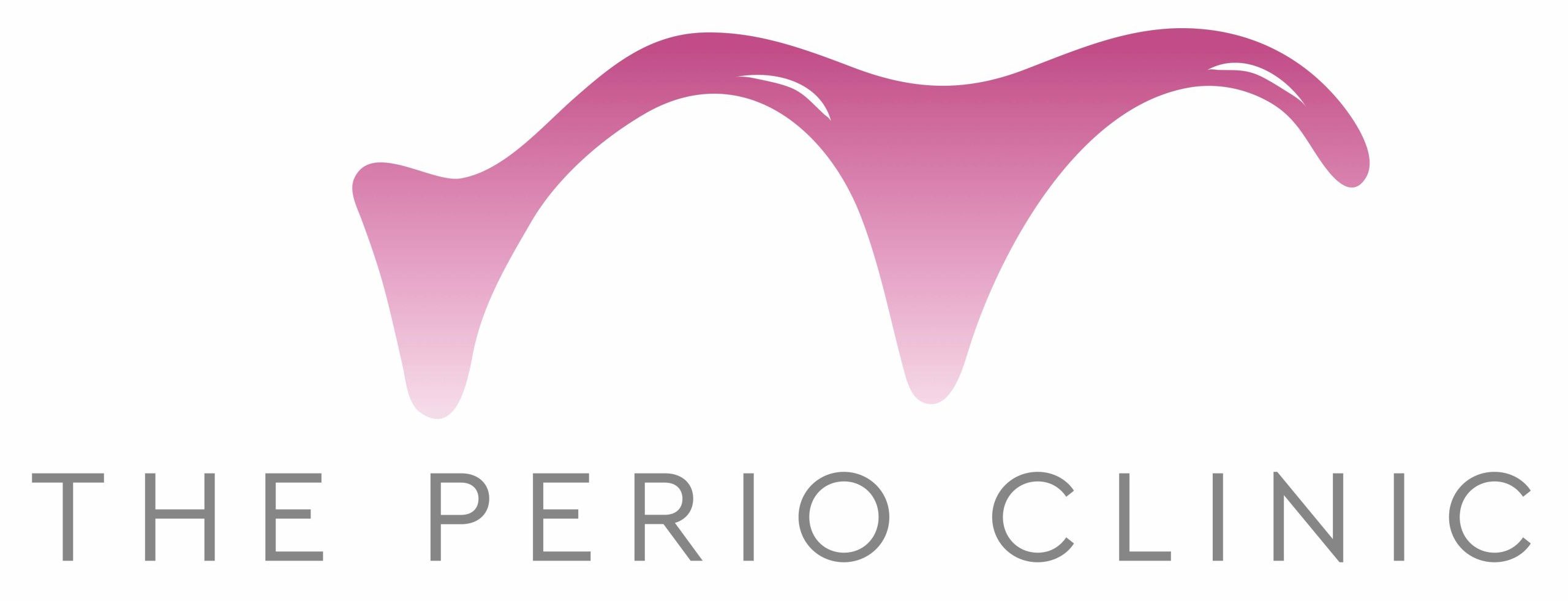Dr. Ron McGlennen: How were you introduced to OralDNA® salivary diagnostics, and what motivated you to incorporate it into your practice?
Dr. Geoffrey Sharpe: As a periodontist, I had been aware of salivary diagnostic testing for some time. However, this subject was not widely taught at dental schools, even at the postgraduate level. A number of colleagues in my network were strong advocates of the tests available from OralDNA® Labs and I became curious to explore their potential in my specialist practice.
Periodontists typically see a greater proportion of periodontitis cases than in general dental practice, including specific patient categories where systemic antimicrobials may be considered (e.g. Generalised Periodontitis Stage III in young adults). Although very effective, I was concerned that these drugs were at risk of becoming overprescribed, particularly in an era of increasing antimicrobial resistance. This was the main driver for incorporating salivary diagnostics into my practice.
The first cases that I submitted for testing with MyPerioPath® were those cases where I was already considering adjunctive systemic antibiotic therapy. In such cases, I wanted to be confident that my decision was appropriate and justified. I soon realised that the value of salivary diagnostic testing was not limited to antibiotic selection and I began to offer testing on a more routine basis for patients with periodontitis.
Dr. Ron McGlennen: How do you currently use salivary diagnostics in your practice?
Dr. Geoffrey Sharpe: From my initial experimentation with a small number of advanced cases, I now offer salivary diagnostic testing for a much larger range of patients.
One of the challenges we face as periodontists is that our conventional periodontal examination doesn’t provide any measurement of the cause of disease. The typical assessment of probing pocket depths, clinical attachment levels and alveolar bone loss only indicate historical disease. Even bleeding on probing, which could potentially signify active inflammation at individual sites, is not a very specific measure of disease activity.
Now, with tests such as MyPerioPath® from OralDNA® Labs, we have the ability to quantify the amount of pathogenic bacteria known to be implicated in periodontitis for each case. With this information, both clinician and patient are better equipped to understand the cause of the disease and take appropriate measures to control these bacteria. Furthermore, follow-up testing allows for an accurate assessment of any changes in the bacterial profile over time. This can provide both confirmation of successful treatment and provide motivation to continue with our professional recommendations.
Dr. Ron McGlennen: If a new OralDNA® provider were to ask you for advice, what would be your best tip?
Dr. Geoffrey Sharpe: My advice would be to start by testing your own saliva. For me, this fascinating exercise served a number of purposes. Firstly it was helpful to practice the workflow of sample collection and to learn how to generate the request properly. Because my practice is in Dubai, it was also important for me to test the logistics of getting samples to the laboratory (although OralDNA® Labs makes this process remarkably straightforward). Last but not least, I was intrigued to see what bacteria might be present in my own mouth!
I also had a helpful call with Diane Larson, the Director of Clinical Education at OralDNA® Labs, which gave me some really good insights with regard to interpreting the results and discussing the findings with patients.
Dr. Ron McGlennen: Tell us a little bit about yourself and how you started in your profession. What is your driver to do what you do?
Dr. Geoffrey Sharpe: I was born and raised in the north of England and studied dentistry at Newcastle University. As an undergraduate, I was exposed to microbiology research as part of a scholarship program in my second year at dental school. I became further inspired by tutors and mentors in the department of periodontology throughout the remainder of my education.
From an early stage, I saw periodontology and clinical periodontics as an area of dentistry with huge opportunities for further research and improvements in the provision of care. It’s amazing to look back on my career and notice the huge developments already made in this field. We have seen widespread implementation of personalized diagnostic testing with adoption of laboratory procedures that would previously have been confined to research laboratories.
Moreover, periodontics is a specialty that requires significant commitment and engagement from our patients for successful outcomes. In a time of such ready access to information via the web and AI tools, the importance of strong relationships and patient education is more important than ever. This continuous evolution towards better, more effective patient care continues to drive my practice today.
Dr. Ron McGlennen: What is one thing you’ve learned from using salivary diagnostics that you wish every provider knew?
Dr. Geoffrey Sharpe: I don’t believe that many clinicians have had the opportunity to fully appreciate the effect of salivary diagnostic testing on patient engagement and empowerment.
Regrettably, it seems that the typical mindset of many colleagues assumes that salivary diagnostic testing will not add anything further to their standard clinical and radiographic examination. Even respected specialist societies have failed to embrace the technology and provide meaningful guidance for interested practitioners.
However, this approach deprives patients of an incredibly valuable and effective educational tool (as well as offering a precise measure of important markers that can guide our therapy).
By offering patients the chance to understand more about what’s happening in their mouth, they typically become more curious and enthusiastic about receiving treatment. Hopefully we all agree that patient education and motivation are of the utmost importance for successful treatment outcomes.
Dr. Ron McGlennen: What feedback from patients or colleagues has reinforced your belief in the value of salivary diagnostics?
Dr. Geoffrey Sharpe: Patients are quite used to undergoing routine diagnostic tests in other branches of medicine (e.g. blood tests and throat swabs). It is therefore not particularly surprising that patients readily accept the recommendation of a salivary diagnostic test if they understand the relevance of the result to their underlying condition. It is my belief that offering salivary diagnostic testing improves our credibility among patients when they recognise that their care is being delivered with a level of care and attention to detail that they had perhaps not experienced previously.
As a periodontist, the implementation of salivary diagnostic testing has also helped to reinforce our position as experts in our field for both patients and colleagues. We can include information provided in the test reports in referral correspondence, which further helps to emphasise our dedication to improving patient care.
We now receive requests for salivary diagnostic testing on a regular basis from patients wishing to follow-up on their treatment and from dentists who know that we offer this service within our specialist clinic.
Dr. Ron McGlennen: Have you noticed a shift in patient awareness on oral-systemic health since implementing OralDNA® salivary testing?
Dr. Geoffrey Sharpe: There has undoubtedly been an overall increase in patient awareness in oral-systemic health among our patients. Many patients arrive at the clinic with specific questions relating to their own medical history or with a family history of health concerns.
It’s important to acknowledge that patients around the world appear more interested in health than ever before. The topic of longevity is discussed extensively in the media, with a huge amount of content and information dedicated to improving health span. This has clear implications for those of us dedicated to improving oral health and it is right that we highlight the important associations between periodontal inflammation and other medical conditions.
However, I do have some concerns from a small number of practitioners who insist on wholesale testing of the entire oral microbiome, without basing their investigation on a proper clinical assessment. In my opinion, the value of salivary diagnostic testing lies in the precision with which we can identify specific markers for an individual patient with a given presentation. There is a risk that the utility of these tests could be undermined by the potential for misuse or overprescription by a minority of practitioners.
- Interview with Dr. Geoffrey Sharpe - May 9, 2025
- Classification of Periodontal and Peri-Implant Diseases and Conditions - July 9, 2021


